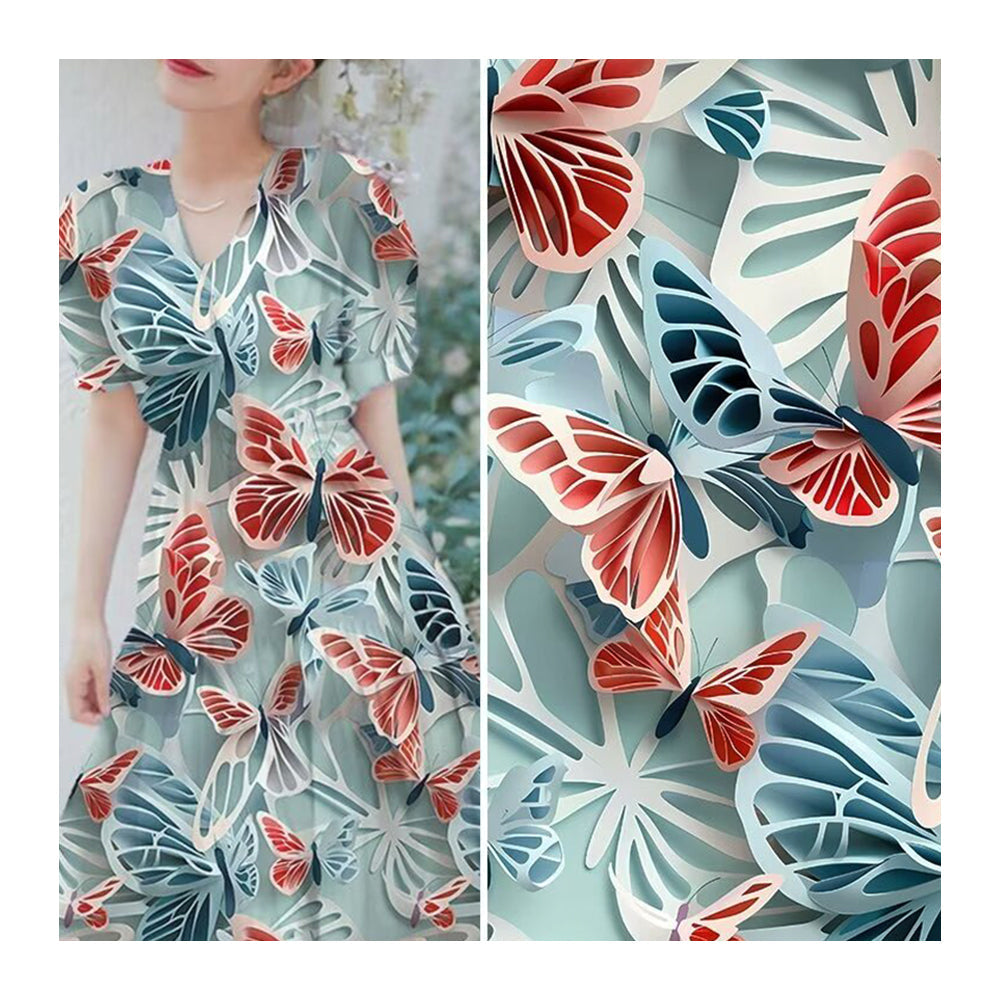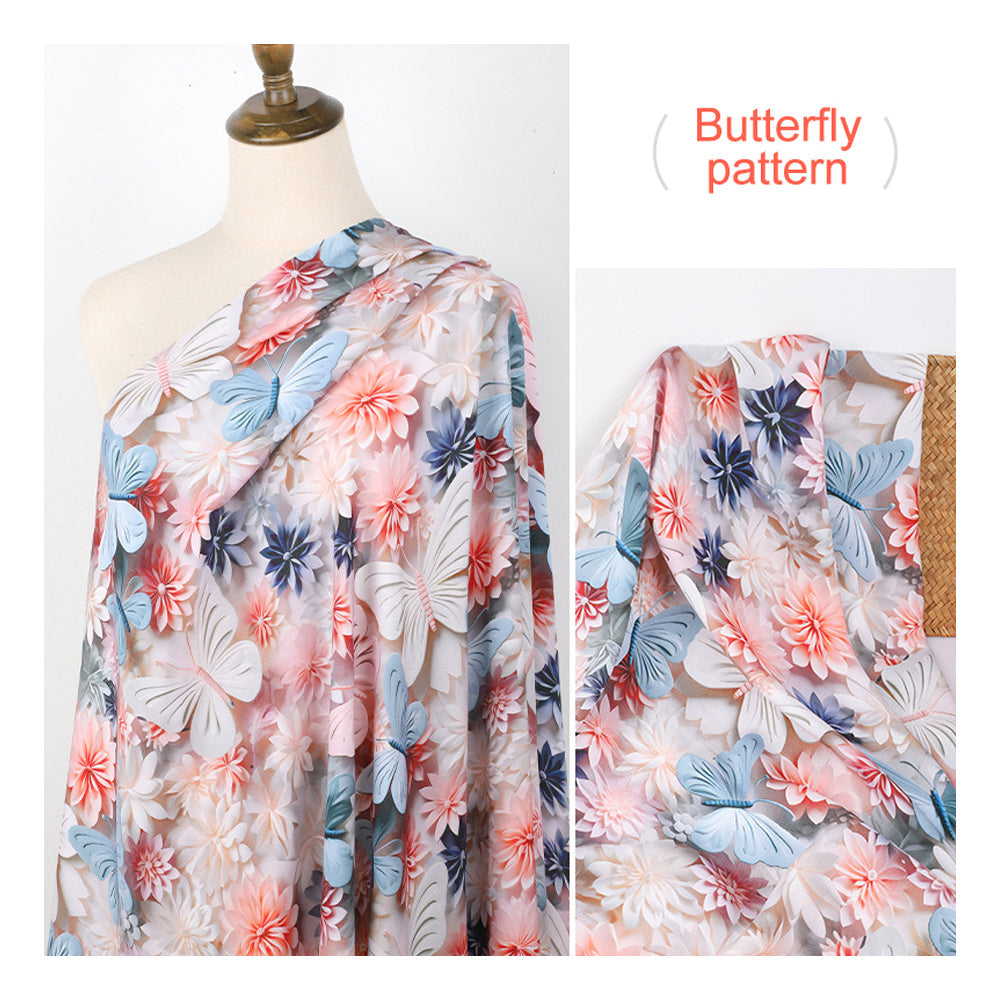The Evolution of Digital Fabric Printing Technology
In the world of fashion and textile production, digital fabric printing has revolutionized how we design, produce, and personalize fabrics. From its humble beginnings to its widespread use today, the technology has continuously pushed boundaries, offering new possibilities for designers, manufacturers, and consumers alike.
The Origins of Fabric Printing
Fabric printing has existed for centuries, evolving from early techniques like block printing and screen printing to more intricate methods. Traditional fabric printing dates back to ancient civilizations, where dyeing techniques were used to create patterns on textiles. However, these methods were labor-intensive, slow, and limited in design flexibility.
By the late 20th century, the textile industry saw the introduction of digital technology, which changed everything. The concept of digital fabric printing emerged alongside the rise of digital printers in other industries, such as photography and graphics. While digital printing in the commercial printing world had already begun to replace traditional methods, the textile industry had to catch up with the technology.
The Advent of Digital Fabric Printing
Digital fabric printing officially began in the 1990s when pioneers in the textile industry started adapting inkjet printing technology to fabrics. Companies began experimenting with wide-format inkjet printers, capable of printing directly onto textiles. This development marked the beginning of a new era for fabric production. Unlike traditional screen printing, digital printing allowed designers to print complex, high-resolution designs without the need for physical screens or molds.
The early 2000s saw a surge in interest in digital fabric printing as inkjet technology improved. The quality of prints, as well as the range of colors, began to match the level of detail that had previously only been achievable with traditional methods. Fabrics printed digitally could be produced in smaller runs, reducing waste and offering a more eco-friendly alternative to traditional screen printing.
Technology Milestones and Advancements
The next few decades saw digital fabric printing become more accessible, affordable, and versatile. Key technological advancements included the development of specialized inks for textiles, such as reactive, sublimation, and pigment inks, allowing printers to print on a variety of fabrics. The quality of the prints continued to improve with faster drying times, greater color accuracy, and more durable results.
In the mid-2010s, digital fabric printing began to enter the mainstream. Manufacturers introduced printers capable of handling large volumes of production, and print speeds increased. New software innovations allowed designers to create digital patterns more easily, with real-time previewing and adjustments.
Today, digital fabric printing is used for everything from high-fashion textiles to home décor. The technology has democratized the fashion industry, enabling small designers and independent artists to print their own unique fabric designs in limited quantities, often with a lower environmental footprint than traditional methods.
The Future of Digital Fabric Printing
Looking ahead, digital fabric printing is poised to continue growing and evolving. Advances in AI and machine learning are being integrated into the design and printing processes, allowing for even greater customization and efficiency. Furthermore, the demand for eco-friendly and sustainable production methods is driving further research into biodegradable inks and energy-efficient printing technologies.
As the fashion and textile industries continue to prioritize sustainability, digital fabric printing offers a glimpse of a future where on-demand production, minimal waste, and endless customization become the standard.





Leave a comment
This site is protected by hCaptcha and the hCaptcha Privacy Policy and Terms of Service apply.